Angelica Urbanelli
Rapid Wildfire Hotspot Detection Using Self-Supervised Learning on Temporal Remote Sensing Data
May 30, 2024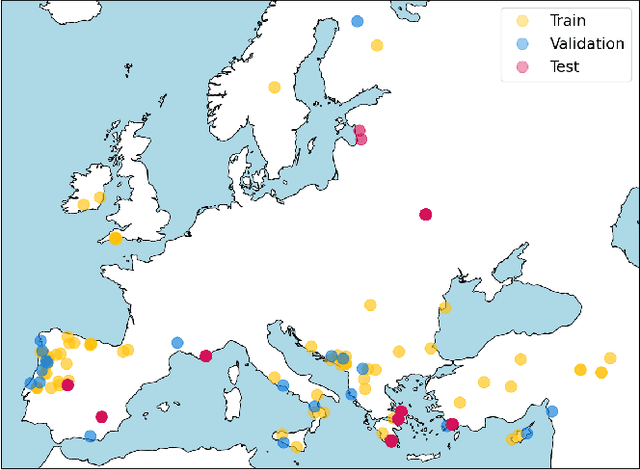
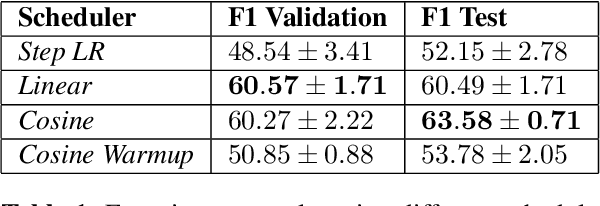

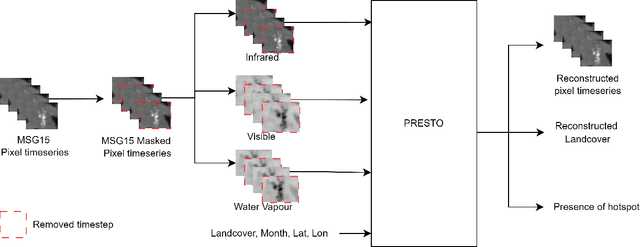
Abstract:Rapid detection and well-timed intervention are essential to mitigate the impacts of wildfires. Leveraging remote sensed data from satellite networks and advanced AI models to automatically detect hotspots (i.e., thermal anomalies caused by active fires) is an effective way to build wildfire monitoring systems. In this work, we propose a novel dataset containing time series of remotely sensed data related to European fire events and a Self-Supervised Learning (SSL)-based model able to analyse multi-temporal data and identify hotspots in potentially near real time. We train and evaluate the performance of our model using our dataset and Thraws, a dataset of thermal anomalies including several fire events, obtaining an F1 score of 63.58.
A Multimodal Supervised Machine Learning Approach for Satellite-based Wildfire Identification in Europe
Jul 27, 2023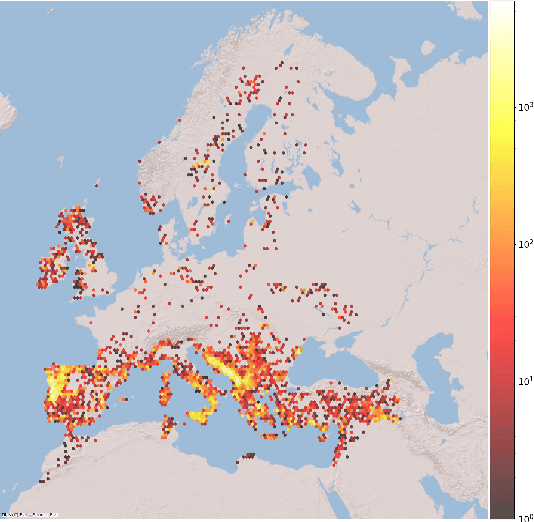
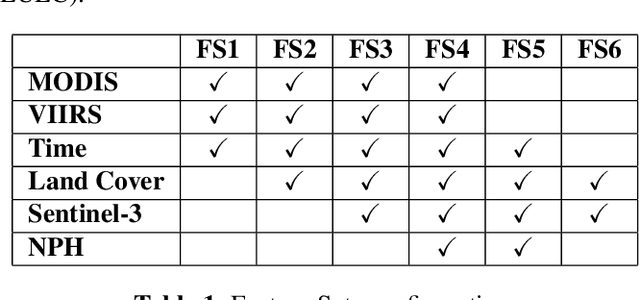


Abstract:The increasing frequency of catastrophic natural events, such as wildfires, calls for the development of rapid and automated wildfire detection systems. In this paper, we propose a wildfire identification solution to improve the accuracy of automated satellite-based hotspot detection systems by leveraging multiple information sources. We cross-reference the thermal anomalies detected by the Moderate-resolution Imaging Spectroradiometer (MODIS) and the Visible Infrared Imaging Radiometer Suite (VIIRS) hotspot services with the European Forest Fire Information System (EFFIS) database to construct a large-scale hotspot dataset for wildfire-related studies in Europe. Then, we propose a novel multimodal supervised machine learning approach to disambiguate hotspot detections, distinguishing between wildfires and other events. Our methodology includes the use of multimodal data sources, such as the ERSI annual Land Use Land Cover (LULC) and the Copernicus Sentinel-3 data. Experimental results demonstrate the effectiveness of our approach in the task of wildfire identification.
 Add to Chrome
Add to Chrome Add to Firefox
Add to Firefox Add to Edge
Add to Edge